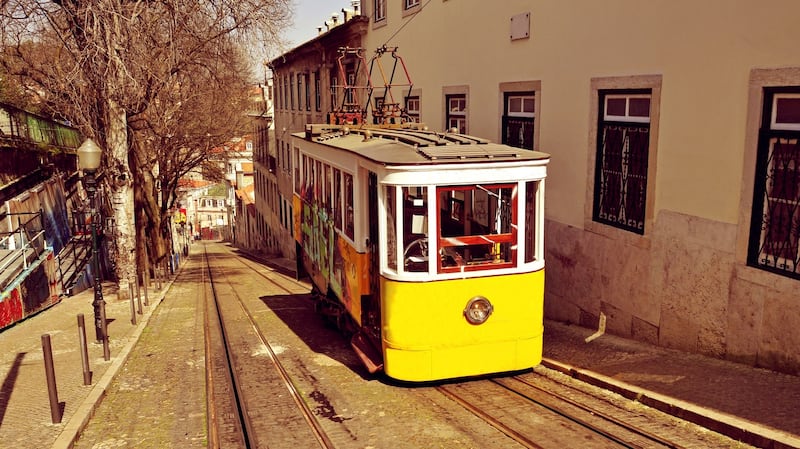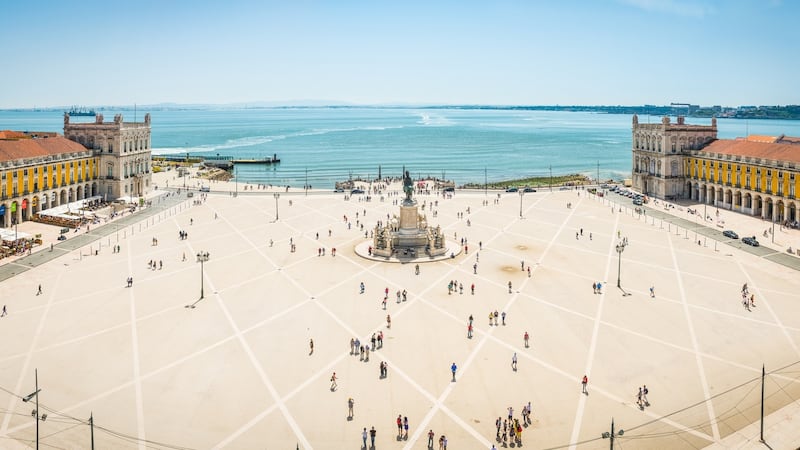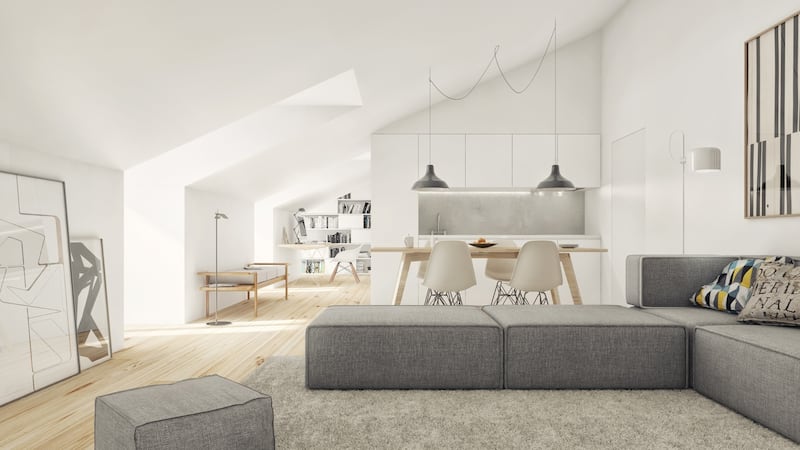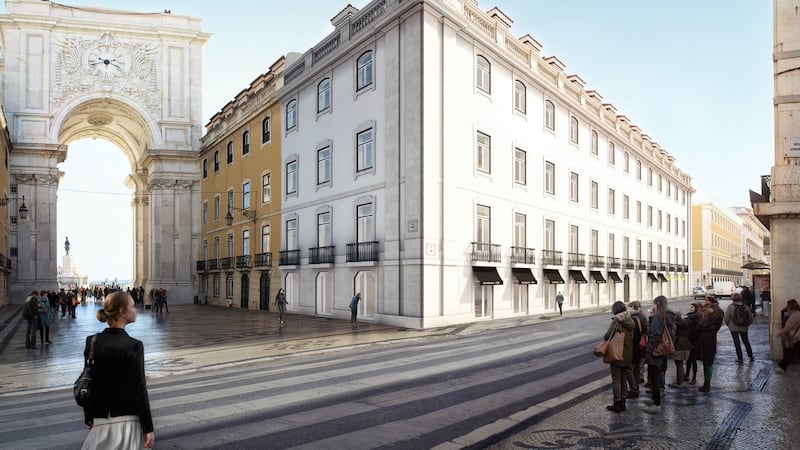With a population of 2.7 million Lisbon is not the largest of EU capitals and it keeps a relatively low profile, but lately it has been making a name for itself. Following a financial collapse not dissimilar to our own, the city's decision-makers have embarked on a measured approach to regeneration and renovation to plot a path back to sustainability and prosperity.
One of the natural corollaries of the downturn was the increased availability of cheaper dilapidated building stock and consequently more affordable finished product. This has not been lost on investors who have helped to quickly turn the fortunes of the city around.
While prices have increased markedly since 2010, they are still relatively affordable. Lloyd Hughes of Athena Advisers, a property investment advisory, says: “Value is the main reason for the current appetite in Lisbon. The best prime central properties range up to €9,000 per sq m. This is less than half the equivalent in Paris or London.”

Hughes says their buyers tend to be 60 per cent investors, with typical returns being project dependent, but 5 per cent net is achievable due to the city’s buoyant short-term rental market. Athena is currently setting up a specialised letting arm to cater for foreign owners. Irish demand is beginning.
Arthur Moreno, co-founder of renovation specialist Stone Capital, says Lisbon câmara (city council) has successfully fostered rejuvenation and regeneration through tax incentives and streamlining planning processes for developers. It is more common to find smaller one-off redevelopment projects than huge swathes of new-build.
The câmara is also proactive in promoting Lisbon as a tech hub, as Dublin has already learned to its cost. Traffic management, public transport and hotel costs are all sectors in which the Web Summit preferred to choose Lisbon over Dublin for its annual event.
Another catalyst for Lisbon’s re-emerging market has been Portugal’s Golden Visa Programme. For non-EU citizens a real estate purchase of more than €500,000 can facilitate permanent residency and a valued European passport. It makes for a cosmopolitan buyer profile including Brazilians, Turks and Chinese. The Brexit vote even initiated a surge in enquiries from Britain.

This is a historical city which was virtually wiped out by earthquakes in 1755 and 1761. In 1755 the ensuing seven-hour tsunami along the southern Irish coastline is believed to have given rise to our coastal sand dunes.
The rebuilding effort was carried out in what is termed Pombaline style, an earthquake-proof architecture initiated by the Marquis of Pombal that is highly visible across the city.
The central city is intricately carpeted with calçada portuguesa – painstakingly hand-laid, slick (and remarkably slippery) mosaic pavement tiles. These are achingly pretty when married with local azulejo tilework.
Walking around the city requires stamina as it traverses seven hills along the estuary of the river Tagus. The undulation, multiple architectural influences and age of the city make for some unexpected shapes, shoehorned into narrow tiled streets. It is frequented by colourful trams and majestically lorded over by São Jorge’s Moorish castle.
The Jet Set
Accessibility is one of the cornerstones of a destination with strong lifestyle credentials. Daily return Aer Lingus and Ryanair flights provide ample access with a flight time of just under three hours. Humberto Delgado Airport, just 7km north of the city centre, is ageing and clunky but reasonably efficient. Transport to the centre is surprisingly easy and affordable.

It is possible to reach a range of top quality beaches and golf courses in under an hour, so Lisbon scores strongly in this regard. Golf courses abound north and south of the city.
A lifestyle location also requires affordable eateries and Lisbon does not disappoint. The food quality is generally exceptional and the weather normally good enough to eat outdoors. Michelin starred chef, José Avillez, is currently the toast of the city, with a string of successful restaurants. Visiting one such as Mini Bar or Bairro do Avillez, comes highly recommended.
Lisbon’s hilly canvas offers numerous platforms with scintillating views, many encompassing buzzing rooftop bars and restaurants.
To Buy
Located in Baixa is a development of 28 luxury apartments retrofitted in a building dating back to 1767. The project carries the name of the beautiful Arco Augusta, beside which it stands.
It is also just behind Praça do Comércio, Lisbon's renowned estuary-front square. The building formerly housed Banco Espirito Santo. Spread across five floors, studio to two-bedroom units range from 53sq m to 137sq m. Some apartments come with exterior spaces up to 24sq m and penthouse units have views to the Tagus.
Prices from €420,000.

Largo 57 is a collection of 51 renovated apartments located in Intendente, a lesser-known area with strong buy-to-let credentials. Positioned 50m from the Intendente metro station the area is popular with a younger creative and artistic audience. The project features a communal garden and terraces, unusual for this area. The mainly loft and duplex properties offer a somewhat industrial feel. It features a bicycle room, and each unit comes with a free bicycle. Sizes range from 51 to 157sq m.
Prices from €215,000.
A central new-build development, known as SottoMayor, is located beside the famous Marquês de Pombal statue. Spanning three buildings are 97 apartments, 10 of which carry a 3 per cent leaseback for four years. Features include high ceilings, underfloor heating and Portuguese tiled floors. There are also large communal gardens and an indoor swimming pool, not common in central Lisbon. Parking spaces are included, which is valuable as space is at a premium in the city centre.
Prices for studios to five-bed units with marble bathrooms and underfloor heating start at €460,000.
The Odeon Project deserves an honourable mention, a sympathetic redevelopment of the old Odeon theatre, off Avenida da Liberdade, into just eight apartments and a restaurant. Launch will be later this year.
Further details from Athena Advisers, athenaadvisers.com.


















